Reimagining Web3 Influencer Marketing & Future Wallet-Native KOL Strategies
The infrastructure needed for a fully wallet-native marketing system is still maturing. But the direction is clear, and the potential is significant.

Web3 marketing is evolving. Thanks to emerging infrastructure from projects like Lever, we're beginning to see glimpses of what truly native crypto marketing might look like, although many of the most ambitious visions remain on the horizon.
Today's Web3 marketing strategies blend established practices with emerging possibilities.
- Read more about Web3 marketing strategies here 👇
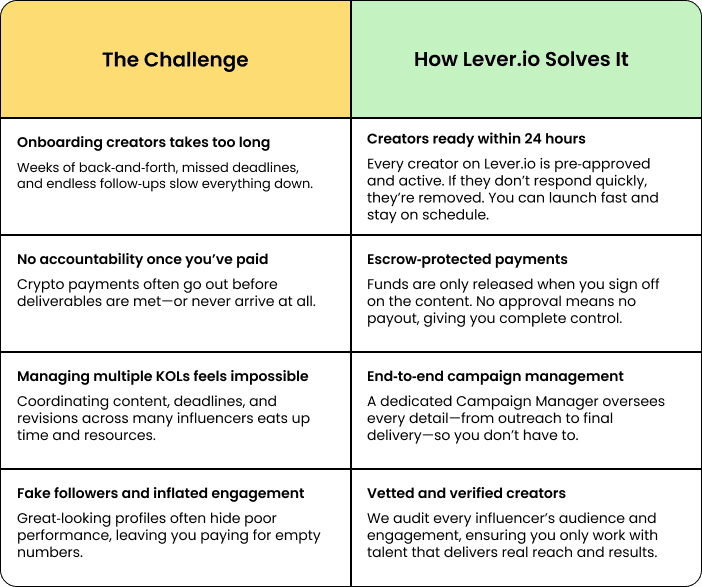
YouTube, Twitter, and TikTok campaigns continue to drive results, while new primitives like token-gating, on-chain attribution, and wallet-based targeting are moving from concept to early implementation.
The infrastructure needed for a fully wallet-native marketing system is still maturing. But the direction is clear, and the potential is significant.
Somewhere between today's best practices and tomorrow's possibilities lies a fundamentally different approach to how crypto projects find and engage communities.
This article provides a brief exploration of that future. What will Web3 marketing look like as Web3 tooling catches up to Web3 ambitions?
The Current Landscape: Building Bridges Between Worlds

Web3 marketing today operates in a period of flux, a liminal space between two worlds.
Traditional tactics remain essential: influencer partnerships, content marketing, and paid media campaigns without a doubt drive results versus teams that spend 100% of their efforts coding in a dark room.
These approaches work across the board, and they continue to deliver results whether you’re marketing RWA solutions or pimple cream.
Most businesses today reach new customers in the same ways they did at the dawn of the radio. In Web3, projects successfully launch using established marketing playbooks from the last few cycles, reaching audiences through familiar channels and measuring success with proven metrics.
- Looking for the right Web3 marketing playbook? Look no further 👇
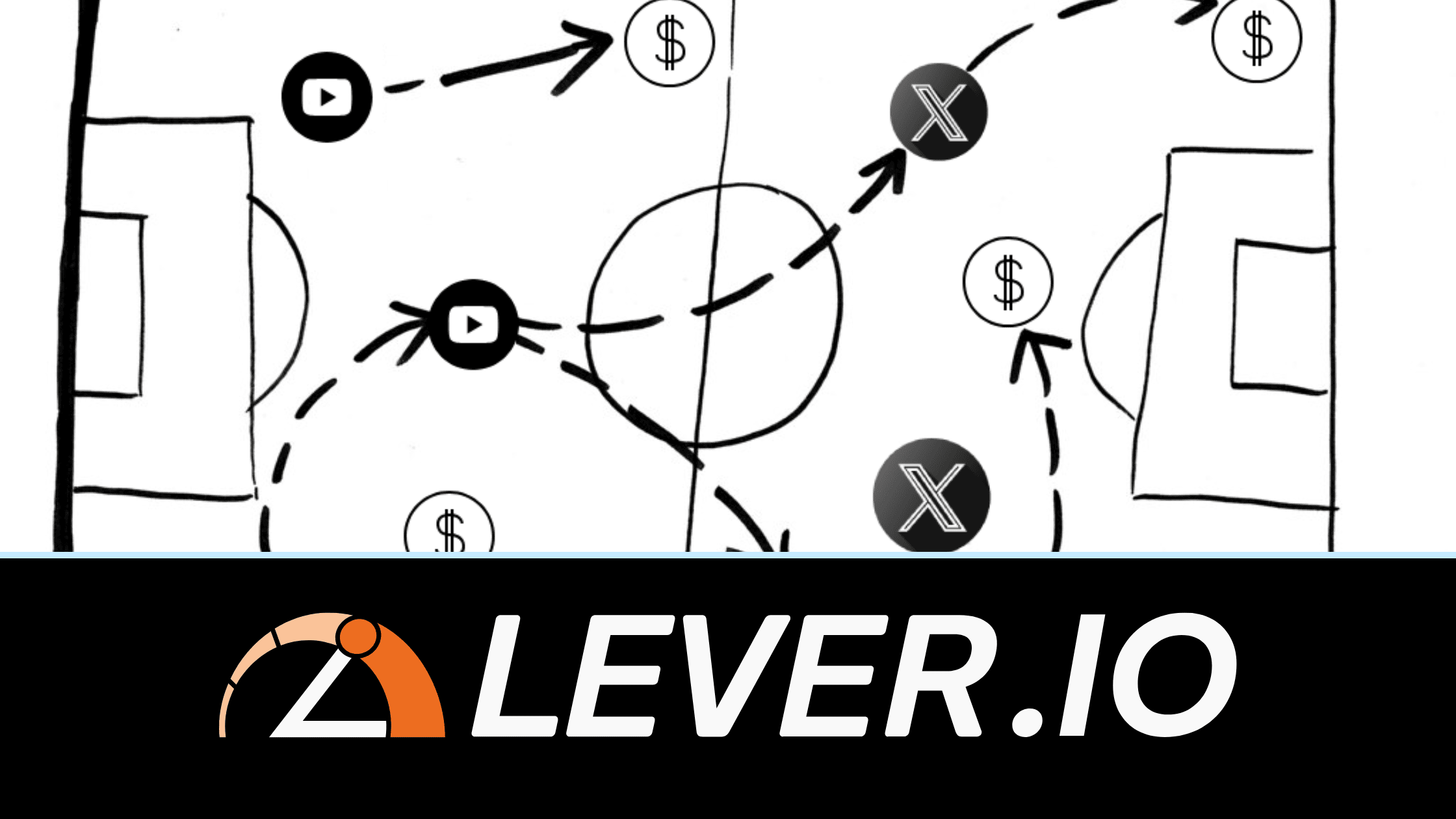
Leveraging Web3 Rails for Marketing?
At the same time tried-and-true marketing playbooks are flourishing, new possibilities are emerging due to the introduction of blockchain networks and tokenization.
Token-gated communities, on-chain attribution tools, and wallet-based targeting are moving from theoretical to practical, even if they haven't yet achieved mainstream adoption.
This evolution creates both opportunity and complexity. However, the foundation remains unchanged: repetition, repetition, and repetition wins the day.
But there's a unique advantage to Web3 marketing, which is the crypto wallet.
And it’s that one piece of technology that could make emerging wallet-native strategies more valuable to marketers than anything since or before print media, radio, or TV.
The Friction Problem: Why Web3 Is Harder to Market
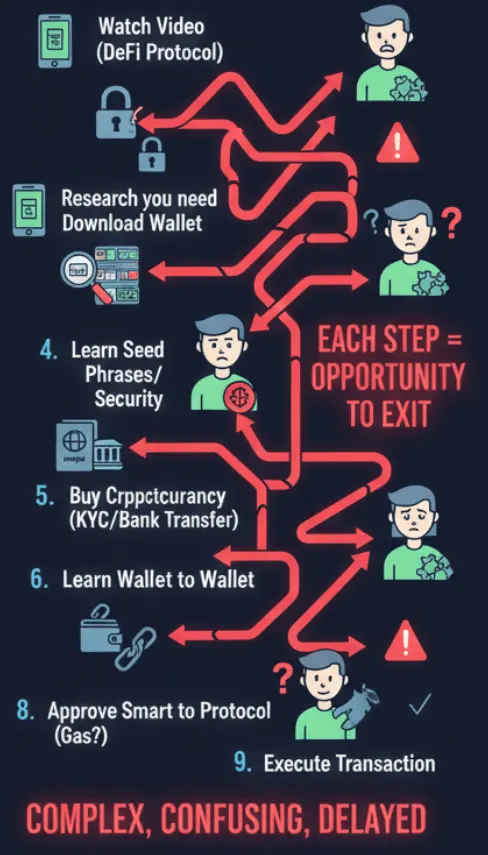
In 2025, we can without a doubt say that influencer marketing is huge, and it will only become a bigger presence in our lives. There's a 99.9% chance you've parted ways with your money at some point due to an influencer's charms.
When a Web2 influencer demonstrates a product, the path to purchase is smooth:
- Watch video showcasing new tech gadget
- Click link in description
- Add to cart
- Enter credit card information
- Product ships in 2-3 days
The entire journey from awareness to ownership takes minutes and uses infrastructure the user has been using for decades.
Now consider the Web3 equivalent:
- Watch video about new DeFi protocol
- Click link to website
- Realize you need a crypto wallet
- Research wallets, choose one, download it
- Learn about seed phrases and private key security
- Buy cryptocurrency (requires KYC on exchange, bank transfer, waiting periods)
- Learn how to transfer crypto from exchange to wallet
- Connect wallet to protocol
- Approve smart contract interactions (what's gas? why do I need ETH?)
- Finally execute the transaction you wanted to make
Each step introduces friction, and each step is an opportunity for users to get confused, frustrated, or concerned about security.
This is why targeting crypto-native audiences is so critical.
These audiences have already climbed the Web3 learning curve.
Crypto-native audiences have wallets, understand gas fees, maybe know how to evaluate smart contracts, and are comfortable with on-chain transactions.
They're not just your easiest customers to convert in crypto; for many projects, they're your only realistic customers until the infrastructure improves dramatically—yet another reason why Web3-native marketing lives between two worlds.
The challenge today has become identifying which influencers actually reach crypto-native audiences versus people who are crypto-curious but not crypto-ready?
- Want to know more about your ideal audience? Read this 👇
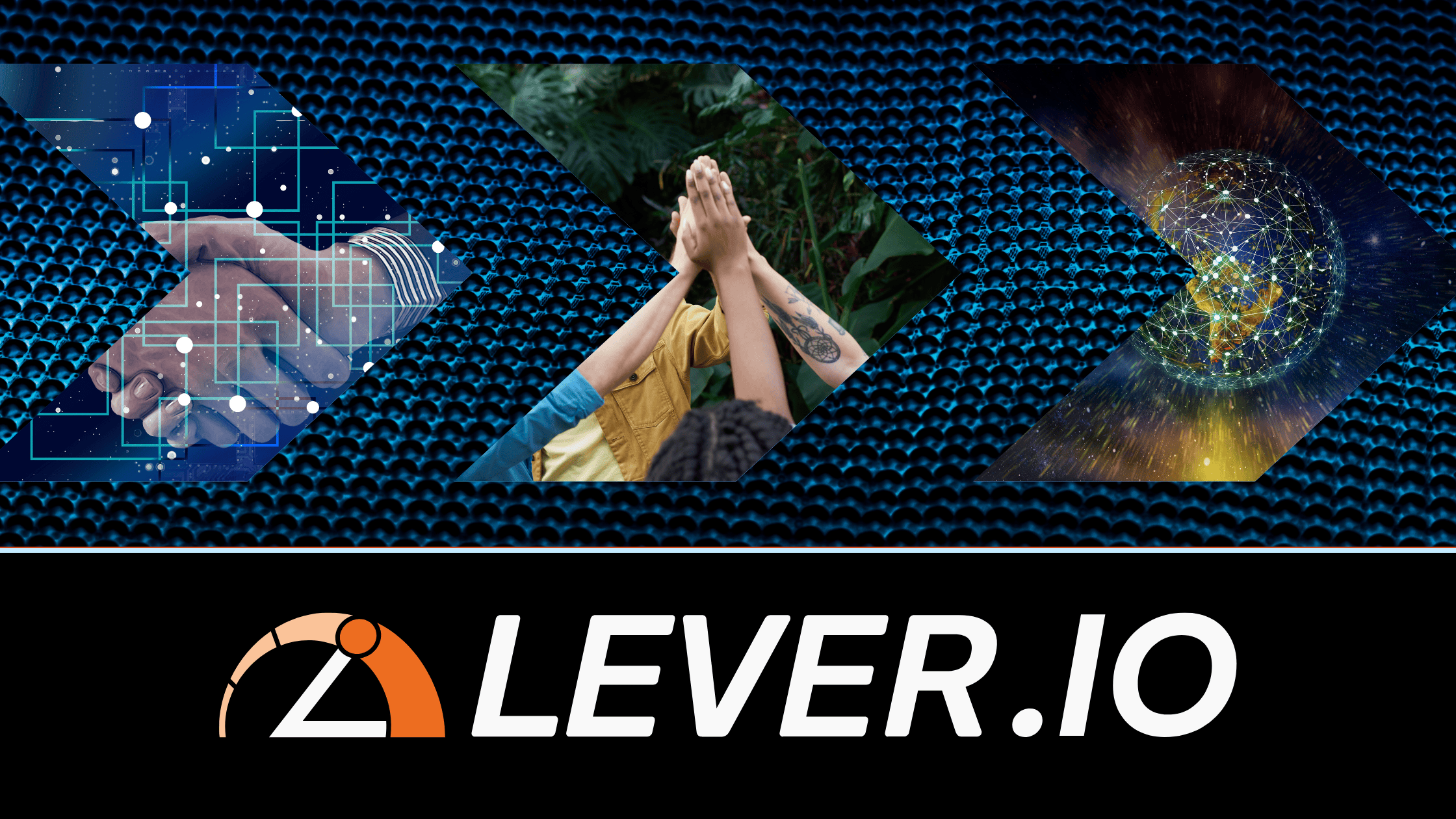
The Vision: What If Wallets Were the Marketing Layer?
Imagine a future where the friction problem is solved, a future where wallets are as ubiquitous and easy to use as email addresses.
In this future, blockchain technology has become as abstracted as the internet today; it’s something everyone interacts with via apps, but doesn’t think about the underlying tech.
In this world, marketing transforms in fundamental ways.
What If: True Audience Verification
Today: You sponsor an influencer with 100K followers. Maybe 50K viewers see your content. Maybe 5K are interested. Maybe 500 are actually crypto-native. Maybe 50 will try your product. You're guessing at every step.
Tomorrow: You can see that an influencer's audience includes 80,000 wallets with on-chain transaction history. Of those, 12,000 have used similar protocols. 3,000 are active in adjacent communities. 500 are governance participants in related DAOs.
You're not guessing anymore. You know who you're reaching before you spend a dollar.
It'll be a complete rethink of how influencer partnerships work. Instead of chasing follower counts, you look for verified wallet reach. It’s almost like you’re buying access to the highest echelon of quantifiable, qualified audiences who are ready to dive into your acquisition funnel.
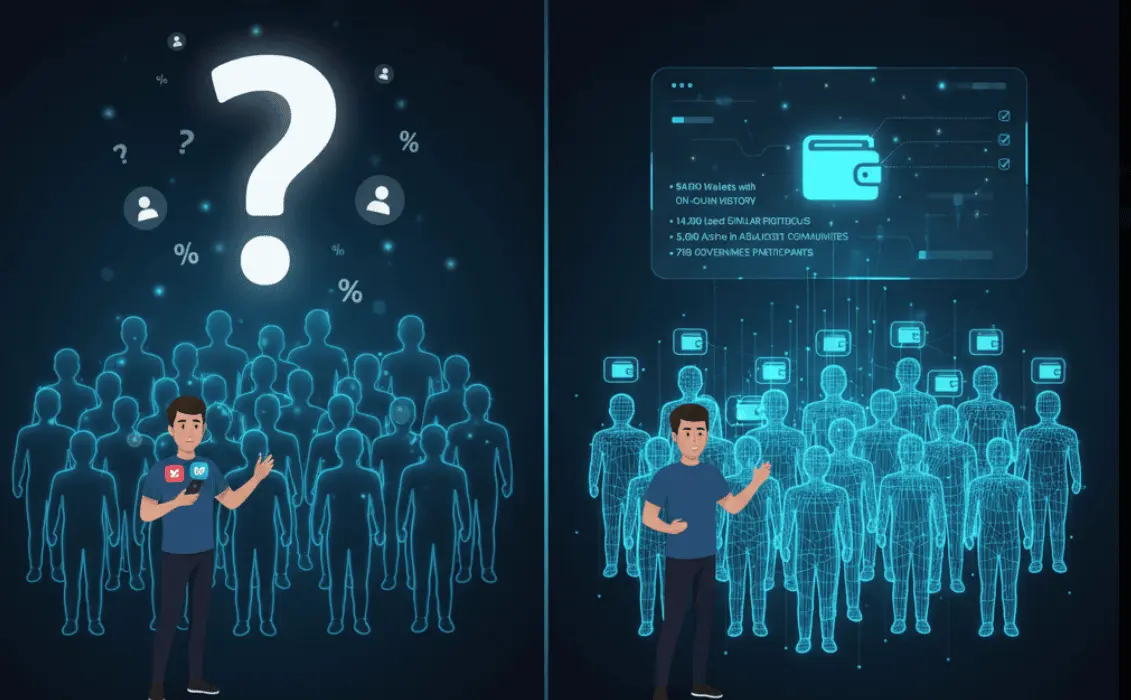
What If: Real Attribution
Today: You run a campaign with ten influencers. Your protocol sees 5,000 new users that month.
Which influencers actually drove those users? You have theories, maybe some correlation data, but mostly you're guessing.
Tomorrow: You can trace the path from content exposure to wallet action. You know that:
- Influencer A's video resulted in 847 new wallets interacting with your protocol within 72 hours.
- Influencer B's thread drove 234 wallets but they were higher-value users who stayed active longer.
- Influencer C got great engagement metrics but drove essentially zero real adoption.
Marketing is becoming more of a science, less of an art, and Web3 will be part of that shift. Performance data can be public and verifiable, or it can be hosted privately through ZK proofs, and influencers who drive real results will command premium rates, even if they have extremely high vanity metrics.
Budget allocation becomes 100% mathematical: double down on what measurably works, eliminate what provably doesn't.
- Want campaign advice from top KOLs? Watch this 👇
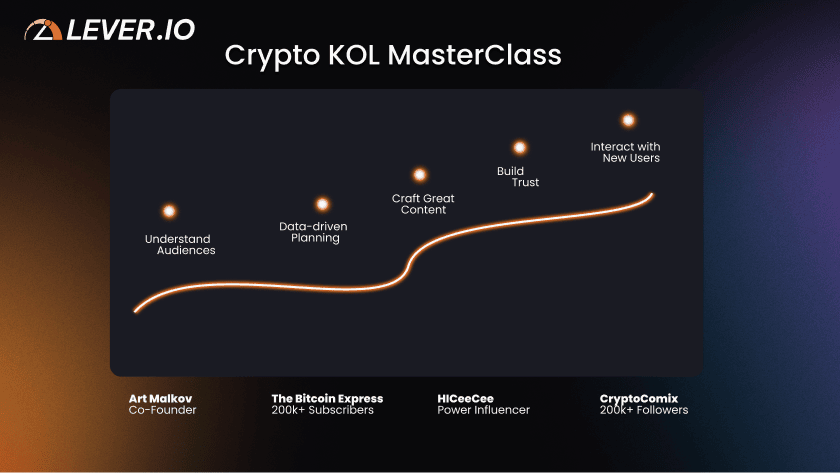
What If: Marketing Became Participatory
Today: Marketing is something done to audiences. You create content, they consume it. Maybe they share it. Mostly they scroll past.
Tomorrow: Marketing becomes collaborative.
Imagine a product launch where:
- Early supporters receive token-gated access to alpha and strategy sessions
- Community members who complete educational quests unlock tiered rewards
- Governance participants help shape the product roadmap before public launch
- Wallets that provide early liquidity become part of the protocol's origin story
The line between marketing, community building, and product development blurs. Your most engaged audience members become collaborators with verified on-chain contributions and recognition.
What If: Loyalty Meant Something Real
Today: Loyalty programs are centralized points systems controlled by brands. Earn points, redeem for rewards, lose everything if the company changes their policy or goes bankrupt.
Tomorrow: Loyalty is on-chain, portable, and valuable. A wallet that has been active in your ecosystem for two years, participated in governance consistently, and weathered market volatility has a verifiable record of commitment.
Other projects can recognize and reward this loyalty. Your community members can leverage their reputation across protocols. Loyalty becomes an asset users own, not a benefit brands grant.
Marketing shifts from customer acquisition to community deepening. This is already happening with cross-promotion between communities, such as when NFT holders receive airdrops from partner protocol TGEs, and it’s going to only become more widespread.
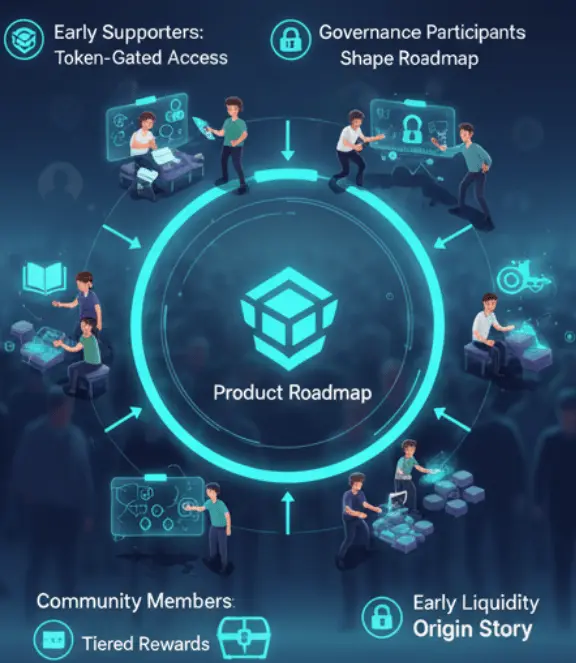
Web3 Reality Check: What's Actually Possible Today
Some elements of this vision are emerging, even if they're not mainstream:
Token-gated communities work well for projects with existing, engaged audiences. NFT holders get special Discord access, and DAO members can unlock exclusive content on their servers. These create real value, but they require users who are already crypto-native, already “bought-in.”
POAP distribution and commemorative NFTs can track event attendance and AMA participation, creating a breadcrumb trail of wallet activity. However, getting people to claim POAPs requires them to already be comfortable with wallet interactions and see the value in participating.
Referral programs are going to start blowing up like East German Olympic swimmers in the off-season. With on-chain tracking providing better attribution than traditional methods, we’ll be able to trace what outreach attempts made the biggest impact, and what community members attract more users.
These tactics aren't theoretical, because some projects use them successfully today. That being said, they're supplementary to traditional marketing, not replacements for it. They work for crypto-native audiences, which is exactly why they're valuable, but they don’t push the needle with normies.
- Planning an AMA? Make it a content machine 👇

The Evolution: Platforms Like Lever Are Building the Bridge
At Lever, we're focused on this transitional moment in Web3 marketing. We’re helping projects navigate the gap between current capabilities and future possibilities, and we’re following data-driven trends to make sure brands can squeeze the most potential out of influencer marketing campaigns.
Our immediate priority is strengthening what works today: connecting projects with authentic creators who reach relevant audiences, streamlining campaign execution, and making Web3 marketing more efficient and reliable.
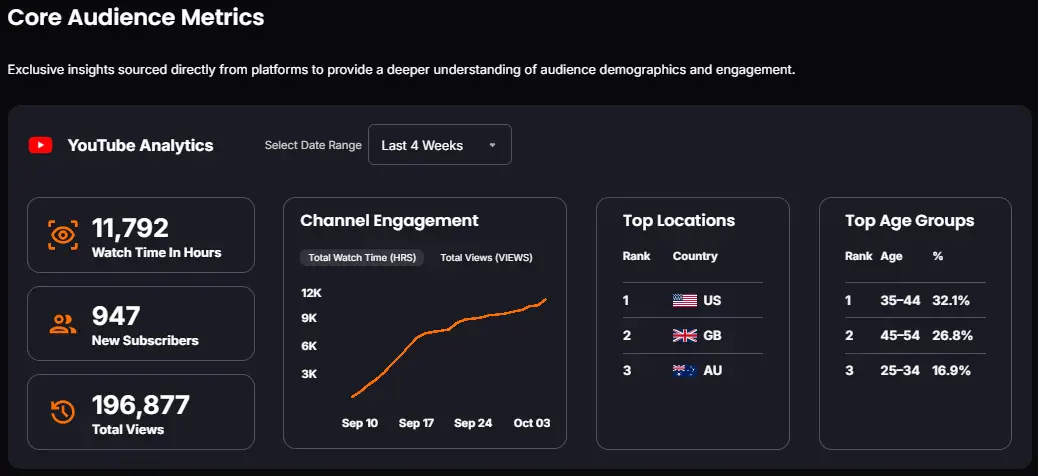
But we're building with an eye toward what's emerging. That means exploring how on-chain data and wallet activity can inform influencer evaluation, even as these signals are still developing.
We're thinking about attribution models that account for verifiable behavior, even if perfect implementation remains ahead, which means helping projects identify creators who reach genuinely crypto-native audiences and the users who represent the highest-value targets.
We're not claiming to have solved wallet-native marketing. We're working to evolve the ecosystem toward it, incrementally and practically.
We're also not abandoning what works. The marketing fundamentals (authentic relationships, clear messaging, consistent execution) remain central to our efforts even as the available tools expand.
The Web3 Long View: Inevitable but Not Imminent
Here's what we believe about the future of Web3 marketing:
The wallet will eventually become a core identity layer
Not this year, probably not next year, but as the infrastructure improves and friction decreases, wallets will be as ubiquitous as email addresses. When that happens, they'll naturally become a key marketing primitive.
Attribution will get dramatically better
The ability to map marketing exposure to on-chain actions will improve as the tools mature and more activity happens on-chain. This will separate effective marketing from theater.
Crypto-native audiences will remain the core target
Even as Web3 becomes more accessible, the most valuable users will be those who truly understand and engage with the technology. Finding and reaching them efficiently will always be the highest-value marketing activity.
The marketing fundamentals won't change
Better tools don't eliminate the need for repetition, authentic relationships, clear value propositions, and consistent execution. Wallet-native marketing will be an enhancement, not a replacement, for good marketing fundamentals.
Early movers will have advantages
Projects that start experimenting with wallet-aware strategies now (ahem, like Lever.io), even in limited ways, will be positioned to scale these approaches as the infrastructure matures.
Launch Data-Rich Web3 KOL Campaigns with Lever Today!
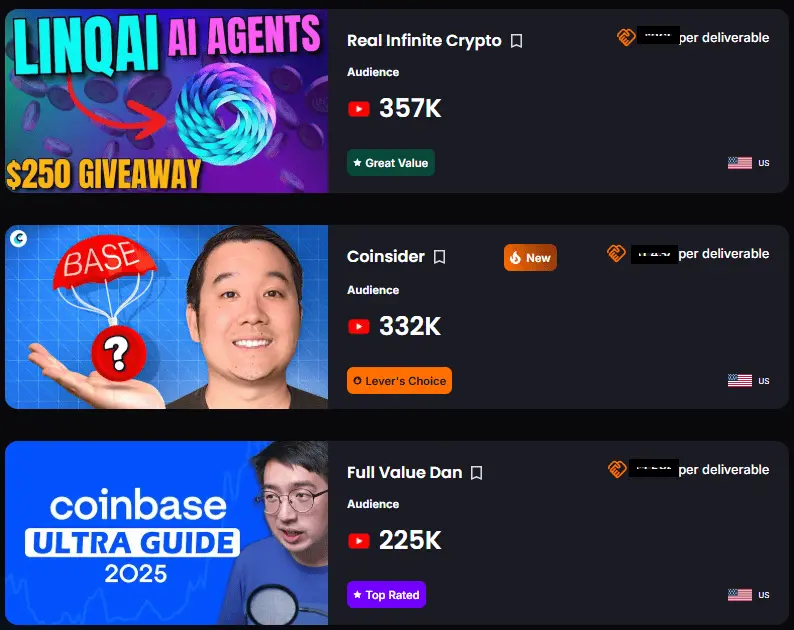
- Lever focuses on what actually works today while building capability for tomorrow.
- We target crypto-native audiences because they're the ones who can actually use your product.
- We experiment with wallet-based tactics where they make sense but don't abandon Web2 strategies that still drive results.
👉 Your project gets the exposure it needs to reach new users.
Ready to evolve your Web3 marketing?
Lever connects you with the right KOLs, provides expert campaign management, and puts cutting-edge Web3 marketing tools at your disposal.
Whether you're hiring creators directly or need full-service support, we're building the infrastructure that bridges today's tactics with tomorrow's possibilities.






